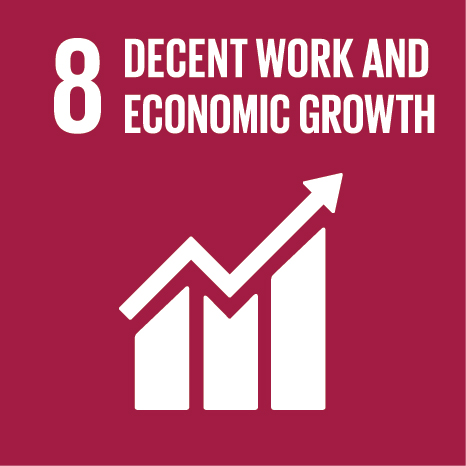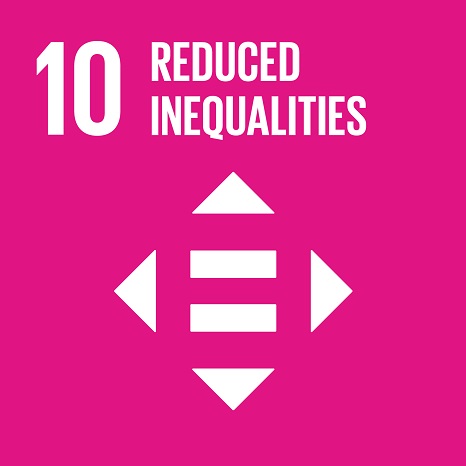Ciência_Iscte
Publications
Publication Detailed Description
Projectification and its effects: The tyranny of time, the reconciliation of antinomies.
Journal Title
N/A
Year (definitive publication)
2024
Language
English
Country
Portugal
More Information
Web of Science®
This publication is not indexed in Web of Science®
Scopus
This publication is not indexed in Scopus
Google Scholar
This publication is not indexed in Overton
Abstract
A project defines a prospective figure, reflecting an Enlightenment concern, emerging since the 18th century: the concern with the oppressive influence of the tyranny of time, with a prospective time, the prediction of a desired future state. What presents the project as a dominant trait of modernity is, indeed, its focus on becoming and in what is yet to happen, and the (Promethean) desire to appropriate it. Thus, the project represents a quality of advancement towards the future, a possibility of liberating transcendence. In this sense, the project can represent for individuals, in symbolic and discursive terms, a place of proactivity, of provisional destinations, that can be accumulated, inhabited, enunciated. The increasing projectification of society, also observable in Portugal, by reflecting a socio-cultural orientation that fosters the particularization (of interests, identities, experiences) and the individualization (of lifestyles and life trajectories), thus delineates a particularly fertile field of interdisciplinary research.
Acknowledgements
--
Keywords
Projectification,Flexible working,Project-based work,Temporality
Fields of Science and Technology Classification
- Economics and Business - Social Sciences
- Sociology - Social Sciences
- Anthropology - Social Sciences
Contributions to the Sustainable Development Goals of the United Nations
With the objective to increase the research activity directed towards the achievement of the United Nations 2030 Sustainable Development Goals, the possibility of associating scientific publications with the Sustainable Development Goals is now available in Ciência_Iscte. These are the Sustainable Development Goals identified by the author(s) for this publication. For more detailed information on the Sustainable Development Goals, click here.

 Português
Português




